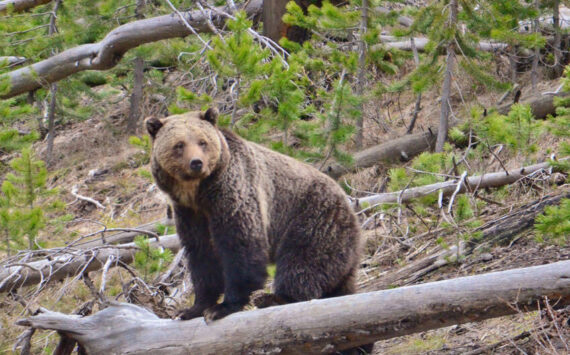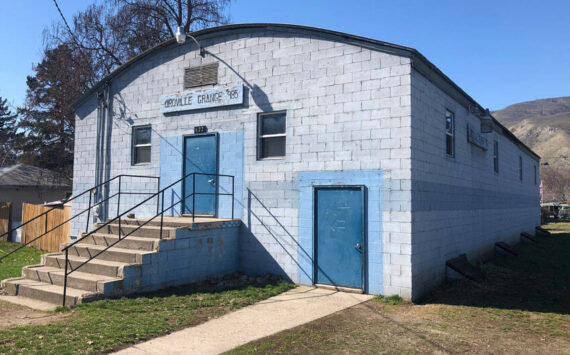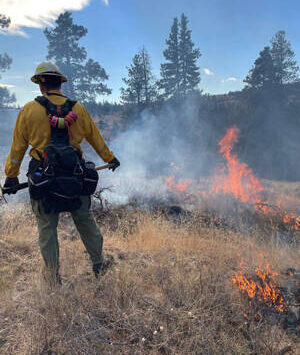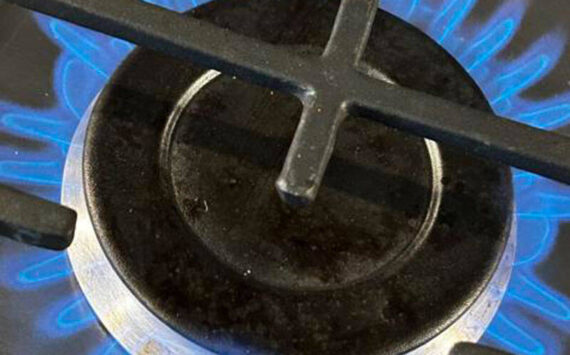OLYMPIA – Concerns have been raised recently over the Okanogan County Noxious Weed Control Board’s application to use herbicides in Lake Osoyoos for Eurasian watermilfoil control.
The state Department of Ecology has released a statement trying to clarify the matter and address the concerns.
“We understand British Columbia’s concerns about the use of herbicides in Lake Osoyoos. Washington State has not approved Okanogan Noxious Weed Control Board’s application to use herbicides to treat milfoil in Lake Osoyoos,” writes Sandy Howard, spokeswoman for Ecology’s Water Quality and Environmental Assessment programs.
The county Noxious Weed Control Board has applied to use the aquatic herbicide Triclopyr to try and eradicate the milfoil problem at the south end of the lake on the U.S. side of the border.
The herbicide is not approved for aquatic use in Canada and the Okanagan Basin Water Board has voiced its concerns about what affect the chemical will have on the Canadian side of the shared lake, according to a July 20 article in the Canadian newspaper, The Province. Osoyoos Mayor Stu Wells, who is also chairman of the water board, is quoted as telling the Province, “We’re just saying that we don’t think they should be using that method in a shared area,”
Homeowners on the lake want something done about the problem because it has prevented many from using their beaches. If the county were to use the chemical, which is the most inexpensive treatment, it would cost about $1000 a year.
Wells says this is not a permanent solution and claims chemical-free methods work just as well, although they are much more expensive. In Osoyoos rotatillers are used during the fall and winter to remove the roots of the plants in shallow areas. In the summer the milfoil is cut about two yards below the surface using harvesters.
Wells told The Province that Okanagan lakes are vital for drinking water, agriculture and tourism and he has concerns about chemically treating the milfoil.
“The Okanagan Valley is the most challenged water system in Canada,” Wells said, describing a large demand and a low recharge rate. “Osoyoos Lake is our lifeblood here.”
The B.C. Ministry of Environment sent a letter to the Weed Control Board asking it to investigate other options and to conduct consultation on both sides of he border. The Okanagan Basin Water Board sent a letter asking the herbicide not be used adding that the use may represent a potential risk that could violate the Boundary Waters Treaty.
The county Noxious Weed Control Board has received funding to develop a plan to evaluate all options for plant control, including herbicides and mechanical means, but the plan is not yet completed, according to Ecology’s Howard.
“We look forward to seeing a completed plan for lake vegetation while we work with the B.C. Ministry to develop acceptable options to manage milfoil in the lake. We value our relationship with British Columbia and want to take make decisions that work for best for all parties,” Howard said.
There used to be a state-funded program of mechanically treating the milfoil on the U.S. side, but that hasn’t taken place for a number of years. According to The Province, the Americans are exploring options and have inquired about borrowing machinery from the Okanagan to harvest and rototill their milfoil. They’re also looking into getting weevils that will eat the weed, the newspaper writes.
A spokesperson for the Okanogan County Noxious Weed Control Board said there were five milfoil-related drowning deaths in Washington State last year and the first concern is safety.
They say any negative impact to native plants from the herbicide has been short-term and if a subsurface injection is used drift outside the treatment area is unlikely, according to the article in The Province.
According to Ecology’s website, Eurasian watermilfoil may have been introduced to the North American continent at Chesapeake Bay in the 1880s. “By 1985, Eurasian watermilfoil had been found in 33 states, the District of Columbia and the Canadian provinces of British Columbia, Ontario, and Quebec. The first known record of Eurasian watermilfoil in Washington is from a 1965 specimen collected from Lake Meridian in King County. However, state officials first became aware of Eurasian watermilfoil as a problem plant in 1974 when Eurasian watermilfoil moved downstream from the Canadian Okanogan Lake Chain into Lake Osoyoos, despite government efforts to halt its downstream spread. From Osoyoos, Eurasian watermilfoil moved downstream into the Okanogan River and the Columbia River.”







